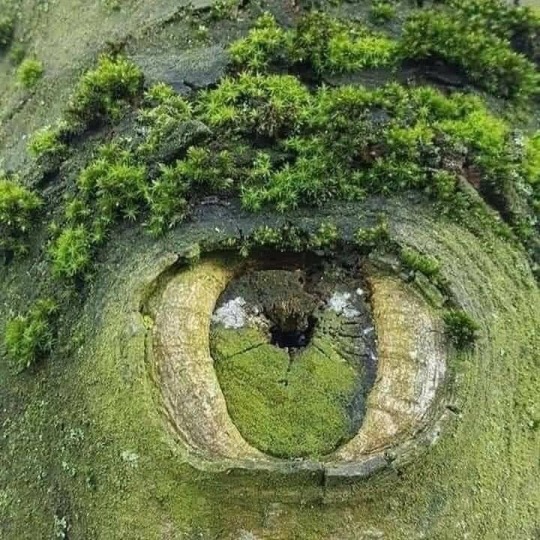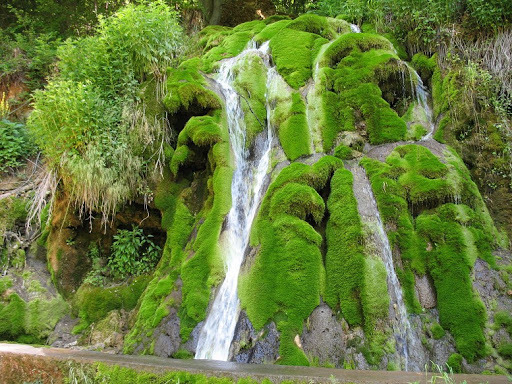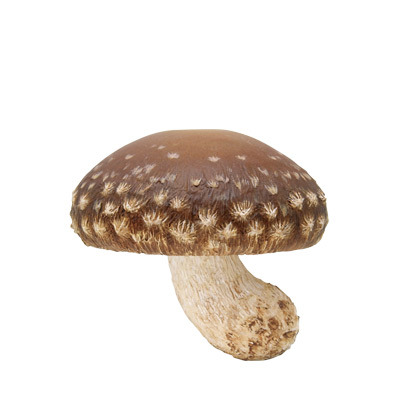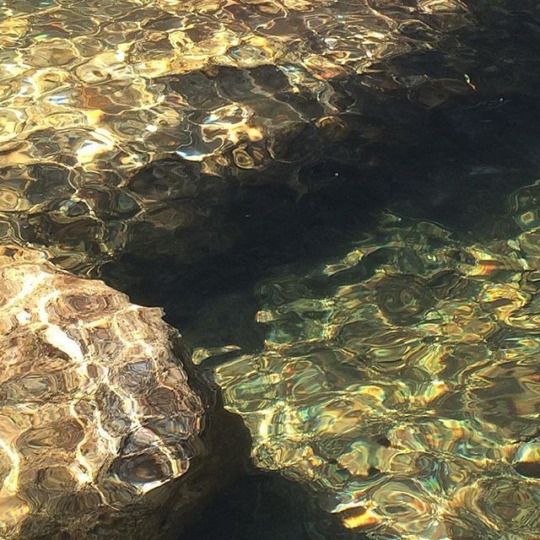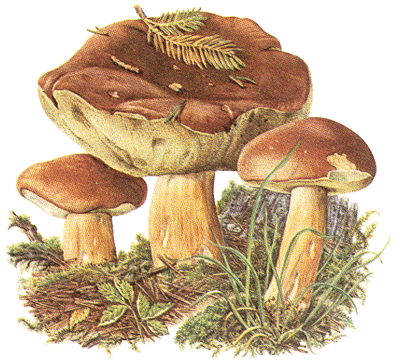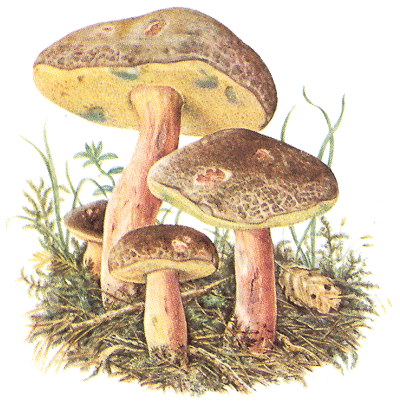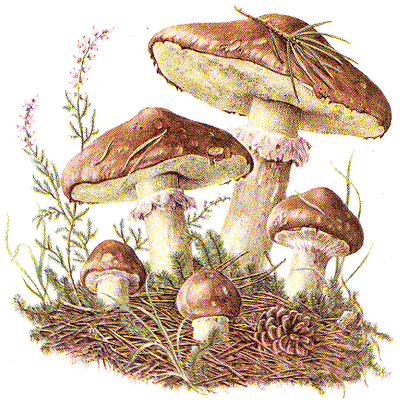Photo

I mannens hjern
In the Man’s Brain
Edvard Munch
1897
13K notes
·
View notes
Text

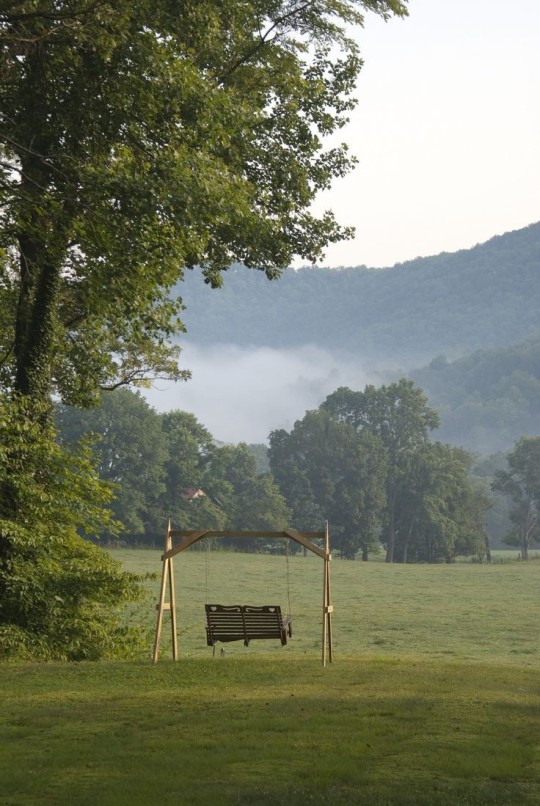
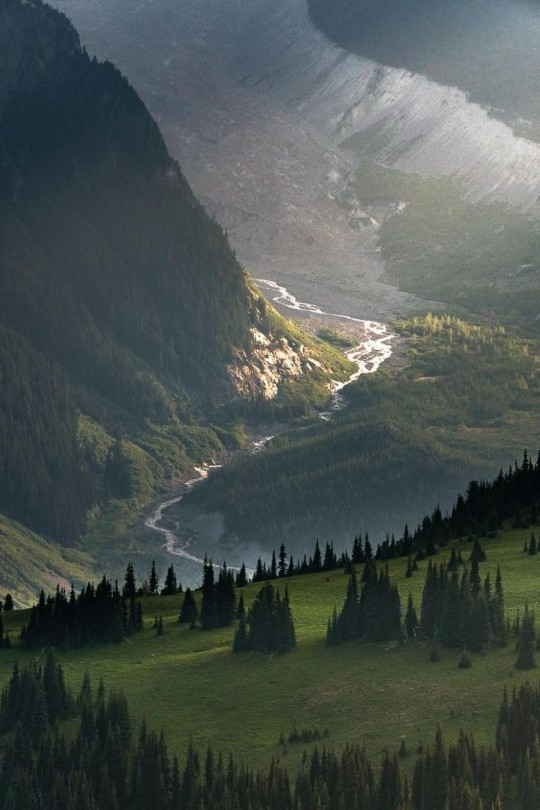
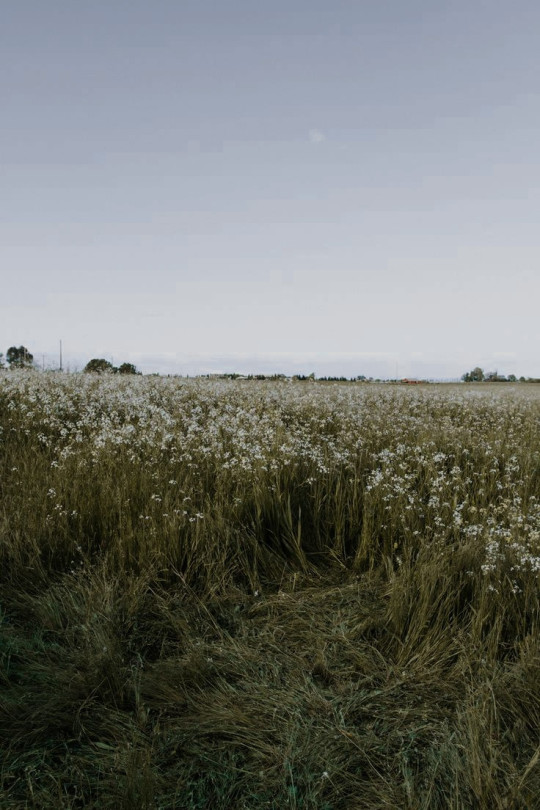
Oh to live in a little cottage on top of a mountain beside the sea
59K notes
·
View notes
Text
ive seen some posts lately about drawing diversity with actually diverse features, aka instead of just having a black character, drawing the character with nigerian features or instead of just drawing a vaguely indigenous character draw them with features from a specific tribe/area and in any case i figured you might want to check out this site because its a world map where you can click anywhere and it’ll show you different human phenotypes based on region and really goes into showing many types of people. like im making a chilean character so clicked on chile and it showed me this

which pops up this and this


its just a pretty neat website to really become better at diversifying and strengthening your character designs
61K notes
·
View notes
Photo



Lord and Ladies sketches :3
I really like discworld elves :D (… i like drawing them :D ….)
(and i finally drew Mustrum Ridcully :) )
2K notes
·
View notes
Text
Being a pirate: the bisexual dream…
Pretty ladies in the water…
Pretty men on the boat…
Pretty spirits haunting the waves…
Pretty gemstones in your pocket…
*dreamy sigh*
2K notes
·
View notes
Text
Forecasting the Weather
Hello lighthouse keepers, sailors, fishermen, and even pirates! I had an urge today to learn some wisdom from the seafarers of yore and landed on their methods of forecasting the weather, and thought you all might appreciate the knowledge too. Keep in mind these aren’t an exact science, but rather some helpful pointers for predicting weather!
Tip 1: Observe Birds
This isn’t generally as accurate as the following tips, so it’s first on the list. But this was a method used so I did include it. Seabirds will generally congregate inland when a storm is brewing or approaching. If the birds are all on the shore, expect rainfall! There are two sayings to remember this:
“Swallows high, staying dry; swallows low the wet will blow”
“Seabirds stay out from the land, we won’t have good weather while you’re on the sand.”
Tip 2: Keep an Eye on the Sky
You’ve probably heard the saying “Red sky at night, sailor’s delight; Red sky in the morning, sailors take warning.” A red sky is caused by dust particles hovering in the air, meaning the air is stable and relatively unmoving. If the sky is red at night, it means high pressure systems are moving west, meaning the following day will likely see no rain. Inversely, high pressure system having already moved east generally means the good weather has passed and wet weather will follow.
“Ring around the moon, rain coming soon.” If you see a halo around the sun or moon, it’s light refracting through ice crystals in the sky, meaning moisture, generally meaning rain is approaching.
Clouds can also help predict the weather but I want to keep this post short and concise so I’ll make another post on clouds another day!
Tip 3: Miscellaneous
The following generally mean that moisture is in the air, and thus rain is likely
salt gets sticky and gains weight
ropes get shorter and knots tighter
chronic pain and/or arthritis flare up
And even if rain comes you didn’t expect, let this saying comfort you:
“Rain foretold, long last; Short notice, soon shall pass.”
I hope this helps you all connect with your chosen seafaring -core! Go forth and observe the seagulls!
1K notes
·
View notes
Photo
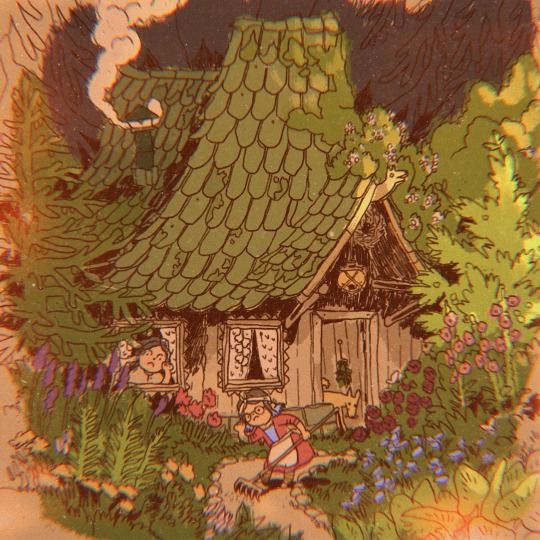
hope this year i stay as grumpy but have more houseplants
instagram
16K notes
·
View notes
Text
herbal preparation types
TEA
– To consume. Steep herbs, flowers, or roots in hot water. Vitamins, minerals, and antioxidants found in herbal teas provide many short and long-term health benefits. Used for colds, immune system, digestive system, inflammation, anti-aging, stress, anxiety, or skin health, among other treatments.
TINCTURE
– To consume. Herbs that have been stepped in alcohol or vinegar in process of extraction, creating a concentrated liquid form of a herb. Preserve and concentrate the properties of the herb, making them more effective and longer lasting. Fill glass jar with dried herbs. Filling half full will make a stronger (don’t pack down.) Pour boiling water to just dampen all of the herbs. Fill the rest of the jar with vodka and stir. Store the jar in a cool/dry place, shaking daily, for at least three weeks and up to six months. Strain and store in blue or amber dropper bottles (or clean glass jars.) Take 2-3 drops daily.
POULTICE
– Topical application. Moistened herbs formed and patted down over area where needed (like herbal band-aid). Place whole or powdered herbs in a bowl and add hot water to stick together. Apply topically and use medical gauze to hold in place. Good for: stings, bites, wounds, broken bones, infection, boils, in-grown issues, acne, or anything that needs to be drawn from the skin.
FOMENTATION
– Topical application. Strong steep infusion of herbs (typically stronger than what you would drink). Infuse, strain, and soak cloth in infusion, applying to area where needed. Useful for wrapping a body part or treating large area.
TOPICAL WASH
– Topical application. Similar to fomentations, but instead infuse herbs and strain then soak affected body part in the infusion. Direct contact allows herbs to penetrate in unique way.
HERBAL OIL
– Topical application. Herbs are “baked” in base oil such as: olive, sweet almond, apricot, jojoba, avocado, grape seed, or hemp. Can use fresh or dried plant material and sun or Oven as heat source. Heat extracts the oil soluble healing components of the herbs to create the healing oil. Herbal oil often used to make other products such as salves, lotions, or creams but can be used on their own.
SALVE
– Topical application. Treatment with the consistency of a balm or ointment. Made by adding beeswax to a herbal oil until desired consistency. Used to sooth skin after a burn, bite, sting, abrasion, or other surface problems.
4K notes
·
View notes

